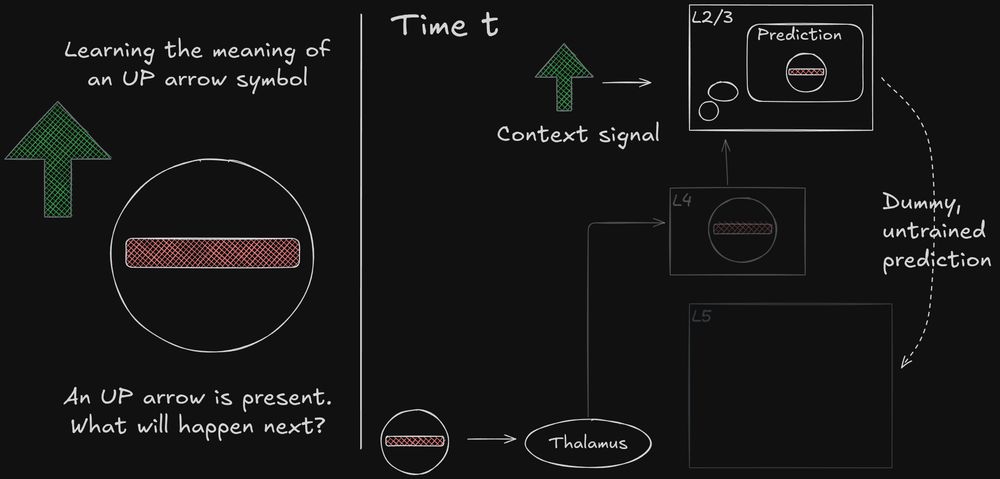neurosock
@neurosock.bsky.social
65 followers
16 following
370 posts
#BrainChips monthly recap. I make #neuro papers easy to understand. To make #Neuralink possible. Neuro PhD. AI🤖ML👾Data Sci 📊 Monkeys🐵Future🚀Cyberpunk⚡🦾🌌
Posts
Media
Videos
Starter Packs
Pinned














